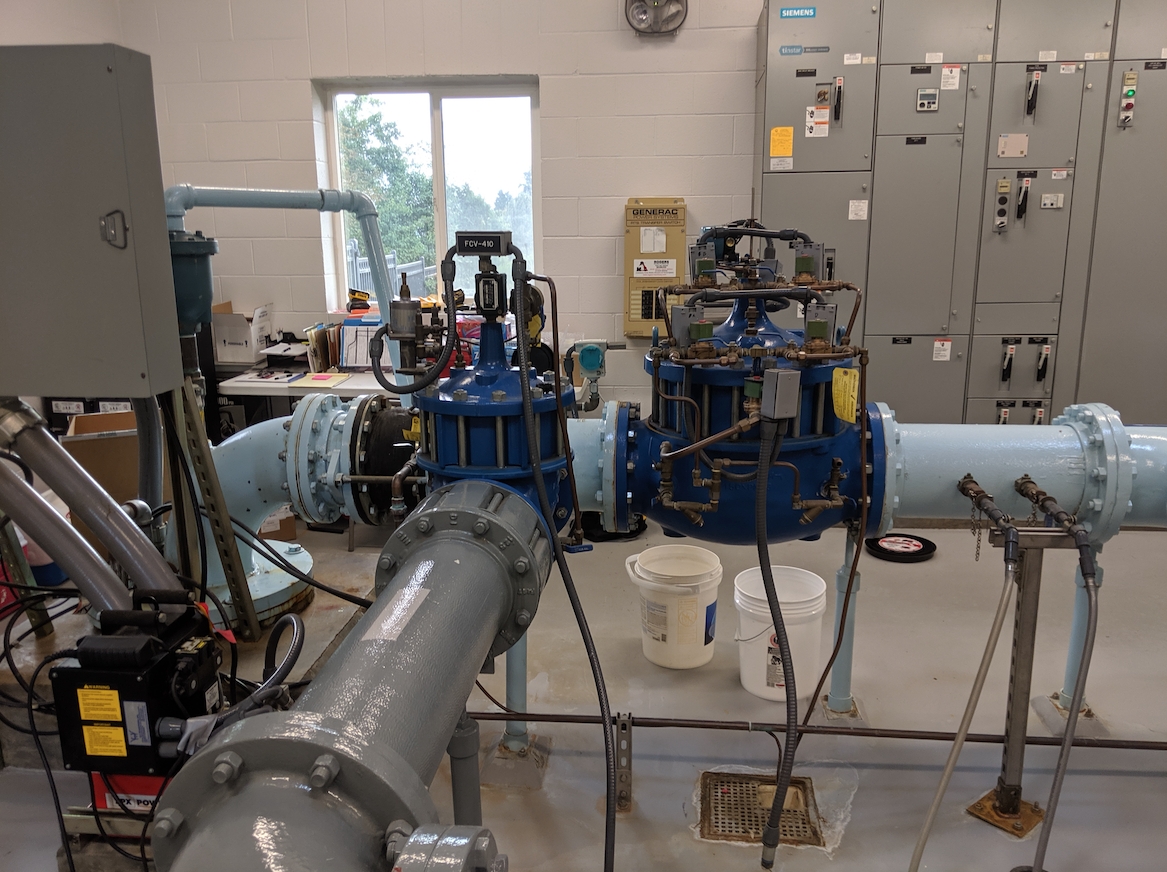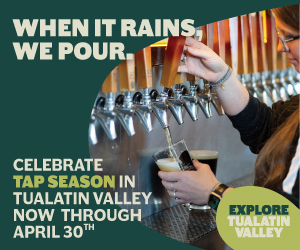As the city expands and water demand rises, Beaverton’s Sorrento Water Works facility receives an upgrade.
As the population of Oregon grows, and the cities expand, the first thing that must expand along with them is access to clean water.
Facing a steadily increasing population, the city of Beaverton, the sixth largest city in Oregon, faces the challenge of increased water accessibility. Its population has grown 10% since 2010 to an estimated 97,000 in 2020.
Stantec, a global engineering, architecture and consulting firm, is helping the City of Beaverton implement additional underground water storage at its Sorrento Water Works facility.
The facility isn’t just an expensive underground water keg. The technology involved uses an existing, naturally occurring underground rock formation called an aquifer.
An aquifer is a bed of subterranean rocks that act as a ‘false bottom’ for an underground body of water. The Beaverton facility’s proposed storage upgrade would allow the naturally occurring formation to hold more water purified during the winter months so that it can be extracted during the summer months when water demand is higher.
In addition to meeting the city’s growing water needs, the upgrade could have environmental benefits.
“If you didn’t store the excess water, and instead had to process all the water during the summer months, you would need a larger treatment plant,” says project manager Bryan Black.
“This is a newer technology. Utilities in Oregon and Washington have begun to look at it and evaluate it in part because Beaverton had success with it.”
It is a give-and-take system that may become more popular as global temperatures rise, and innovative solutions to water storage become increasingly important.
The aquifer storage upgrade is noteworthy because of its sizeable storage capacity compared with conventional reservoirs. The Beaverton facility will soon be able to store 500 million gallons of water over the winter.
Typical reservoirs only store one to two million gallons, enough for half a day. The upgraded facility will mean enough stored water for months.
The storage capacity is useful in the case of wildfire emergencies or if environmental conditions demand water to be rationed.
The facility will also receive seismic upgrades.
“We are eager to get the project components and improvements completed within the next two years,” says Brion Barnett, City of Beaverton project manager.
If projections are correct, the facility could be up and running in May of 2021.
To subscribe to Oregon Business, click here.





